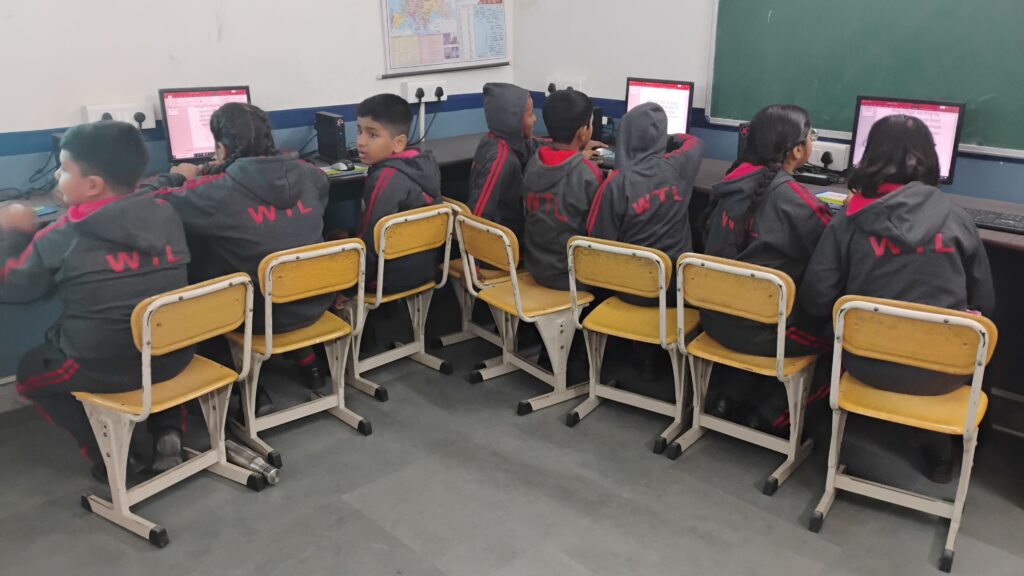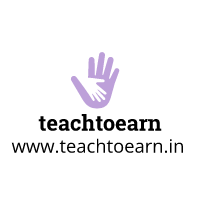Traditional measures like grades and exams no longer capture the full picture of a child’s learning journey nowadays. Instead, real-world skills—such as critical thinking, digital literacy, and creativity—are taking center stage. In this article, we explore an enlightening conversation between a concerned parent and Dr. Malpani, who challenges the status quo and redefines how we can measure learning outcomes in a community-based digital learning center. This dialogue sheds light on the idea that the true value of education lies not in standardized tests but in the tangible, everyday abilities that empower children to succeed in life.

Parent: Dr. Malpani, I love the idea of setting up a community-based digital learning center, but I have one big concern—how will we measure learning outcomes? How will we know if the kids are actually learning anything?
Dr. Malpani: That’s a great question! Traditional schools measure learning through marks, grades, and exams, but let’s be honest—do those really tell us if kids have actually learned anything useful? Memorizing for an exam doesn’t guarantee real understanding or lifelong learning skills.
Parent: True! But without exams and grades, how do we track progress? Parents need reassurance that their kids are learning.
Dr. Malpani: The best way to measure learning in a community-based digital learning center is simple and powerful—are parents willing to pay for it?
Parent: Wait… you’re saying that if parents are paying, it means learning is happening? That sounds a bit commercial, doesn’t it?
Dr. Malpani: Not at all! Think about it. If parents feel they are getting value, they will happily invest in their child’s education. If they don’t see progress, they will take their child elsewhere. This keeps pod managers accountable and ensures they continuously improve their services.
Parent: Hmm… so instead of relying on standardized tests, we let parents decide if the learning experience is worthwhile?
Dr. Malpani: Exactly! Traditional schools force parents to pay fees no matter how ineffective they are. But a well-run community pod must prove its value every day. Paying parents expect results, and this pushes pod managers and facilitators to innovate, adapt, and improve constantly. And parents are in the best position to judge if what their children are learning is of any use to them in real life !
Parent: That makes sense, but what about actual skills? How will we know if a child has learned something useful?
Dr. Malpani: Great question! Here’s the difference between school-based learning and real learning:
- In school, kids cram for tests and forget everything after the exam. The only outcome measured is memorization.
- In a digital learning pod, kids develop real-world skills like problem-solving, self-learning, digital literacy, and creativity.
The real test of learning? Can they use their knowledge to do something meaningful?
Parent: I like that approach, but how do we make sure kids stay motivated if there are no exams?
Dr. Malpani: Simple! Self-directed learning is driven by curiosity, not fear of exams. When kids explore topics they genuinely care about, they naturally push themselves to learn more. No exam pressure needed!
Parent: That sounds great, but do parents really trust this system? Won’t they still expect traditional report cards?
Dr. Malpani: Some might, at first. But once they see their kids actually learning, thinking, and creating instead of just memorizing, they will realize the old system was broken all along. Besides, digital portfolios on personal websites can replace report cards—kids can showcase their projects, skills, and progress in real ways, not just as a number on a piece of paper.
Parent: That’s an interesting idea! But what about teachers? How do they fit into this model?
Dr. Malpani: Traditional schools rely on teachers giving lectures and students passively absorbing information. In digital learning pods, the teacher becomes a facilitator—someone who guides, supports, and encourages curiosity. The best learning happens when kids take charge of their own education! And we encourage students to share what they learn in public on their own personal website. This allows them to showcase their skills, talents and competence, and gives them a huge competitive advantage over other students !
Parent: I can see how this makes sense, but change is hard. Schools have been around for so long that most parents just accept them as the only way to educate their kids.
Dr. Malpani: That’s exactly the problem! Schools have convinced parents that their way is the ONLY way. But ask yourself—is the current system really working?
- Are kids excited about learning? No.
- Are they developing real-world skills? Not really.
- Are parents satisfied with the value schools provide? Most aren’t.
When something isn’t working, we have to try something new! Community-based digital learning pods offer a better, more flexible, and more effective alternative.
Parent: Alright, I’m convinced! But where do I start?
Dr. Malpani: It’s simple—take control of your child’s education by starting your own digital learning pod. Each pod will be unique because it will adapt to the needs of its community. Remember, education is too important to leave to schools alone!
Are you ready to transform your child’s education? Take control and join the educational revolution by starting your own digital learning pod. Empower your child with real-world skills that go beyond the classroom—because their future won’t wait! Start your pod now!
